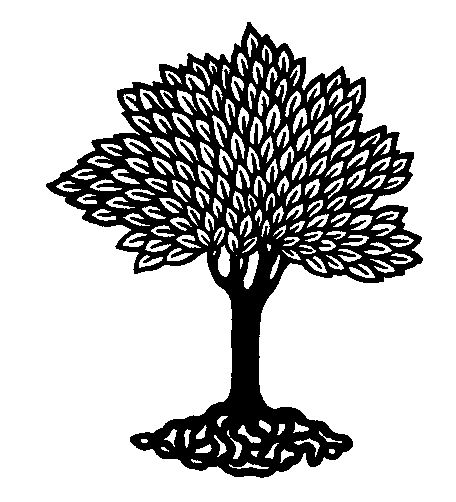 |
Plant Taxonomy (BIOL308) - Stephen G. Saupe, Ph.D.; Biology Department, College of St. Benedict/St. John's University, Collegeville, MN 56321; ssaupe@csbsju.edu; http://www.employees.csbsju.edu/ssaupe/ |
 |
Plant Taxonomy (BIOL308) - Stephen G. Saupe, Ph.D.; Biology Department, College of St. Benedict/St. John's University, Collegeville, MN 56321; ssaupe@csbsju.edu; http://www.employees.csbsju.edu/ssaupe/ |
II. Lycopodiophyta (which includes the Lycopodiaceae, Selaginellaceae, Isoeteaceae)
III. Psilotophyta. (with a single family)
Psilotaceae - Whisk fern family. Herbaceous, dichotomously branched, stems developing from rhizome; homosporous, sporangia large and bilobed or trilobed, lateral on stem, subtended by a pair of scales. Psilotum - whisk fern.
IV. Equisetophyta (with a single family)
Equisetaceae - Scouring Rush or Horsetail family. Erect, homosporous, herbs with hollow, jointed, fluted silicaceous stems, leaves reduced to whorled scales at the nodes, sporangia borne in terminal strobili, spores containing chlorophyll. Equisetum - horsetails.
V. Polypodiophyta - a rather diverse group, comprised of several orders and families. We’ll feature a few select families.
Ophioglossaceae - Grape Fern Family. One to three-leaved terrestrial homosporous ferns with dimorphic leaf blades; sporangia borne on a branch arising from the base of the sterile part of the blade; vernation not circinnate, annulus absent. Considered to be the most primitive group of temperate North American ferns. Two genera occur in MN: Botrychium - grape fern (leaves pinnately compound or simple and deeply lobed) and Ophioglossum - adder's tongue (simple leaves).
Osmundaceae - Cinnamon Fern Family. Large, terrestrial ferns with dimorphic blades or leaves, differentiated into sterila and fertile segments; sporangia scattered on fertile segments, indusium absent, sporangia maturing simultaneously. Osmunda occurs in MN.
Polypodiaceae - Polypody or Fern family. Diverse collection of primarily terrestrial ferns, sporangia stalked, aggregated in sori, indusium present, annulus vertical and incomplete. Circinnate vernation, crozier formation. There are many species in MN. Common genera include Adiantum, Athyrium, Cheilanthes, Cryptogramma, Cystopteris, Dennstaedtia, Dryopteris, Matteucia, Onoclea, Polypodium, Polystichum, Pteridium, Thelypteris, Woodsia, Woodwardia.
Marsiliaceae - Water clover Family. Clover-like, aquatic, heterosporous ferns developing from rooted rhizomes, produce hard sporocarps. Marsilea.
Salviniaceae - Water fern family. Free floating, heterosporous aquatic ferns which produce soft sporocarps. Salvinia (leaves entire, rootless) and Azolla (leaves bilobed, roots present) are representative members of this family.
VI. Some evolutionary trends in the Ferns (adapted from Scagel et al., Plant Diversity: An Evolutionary Approach).
References:
Kramer, KV. & PS Green. 1990. Families and Genera of Vascular Plants. Vol 1. Pteridophytes & Gymnosperms. Springer-Verlag, NY.
| Top | Plant Tax. Home | Lecture Home | SGS Home |